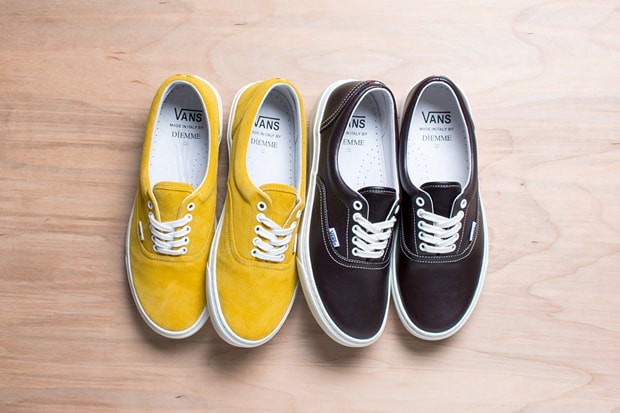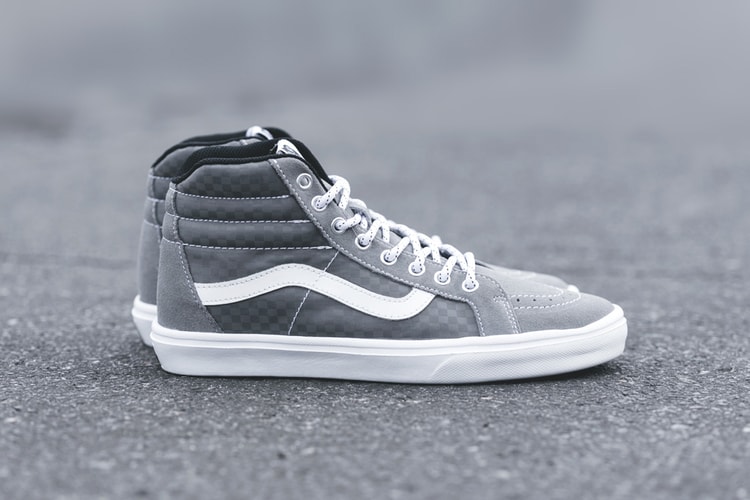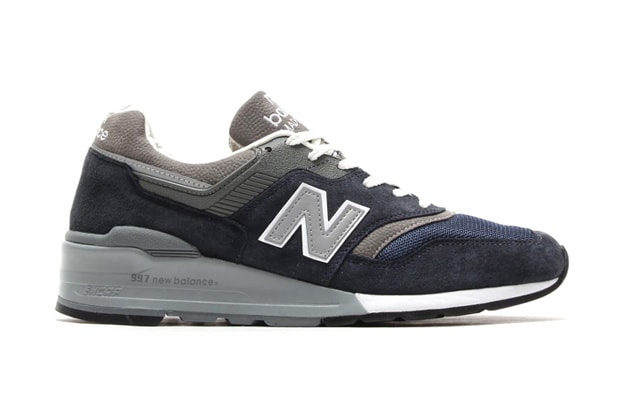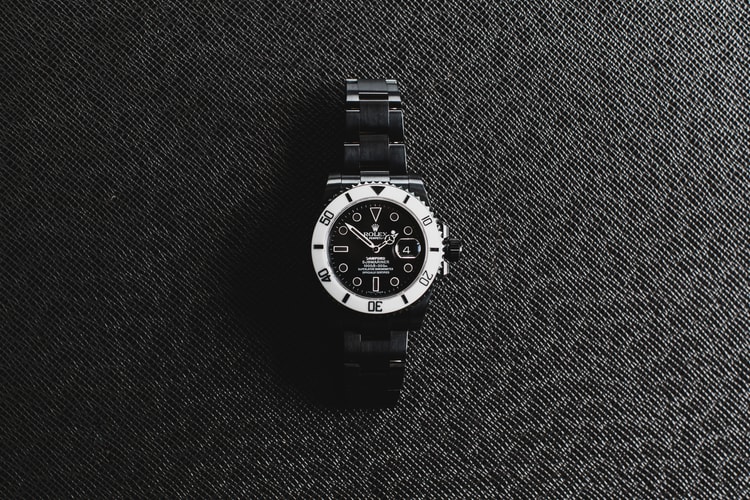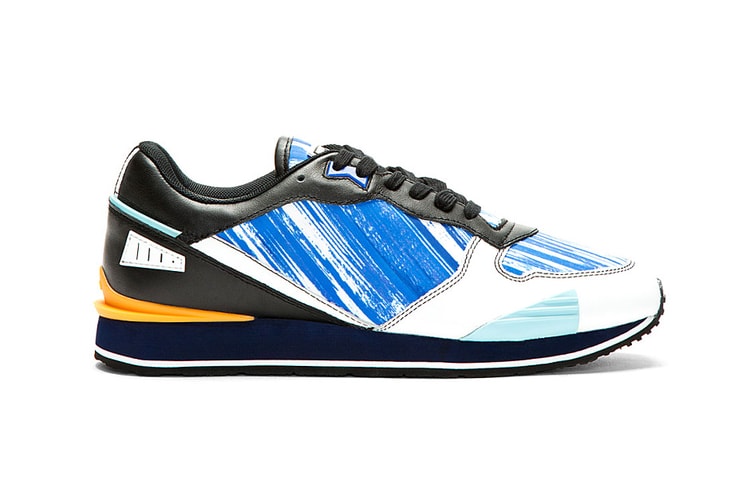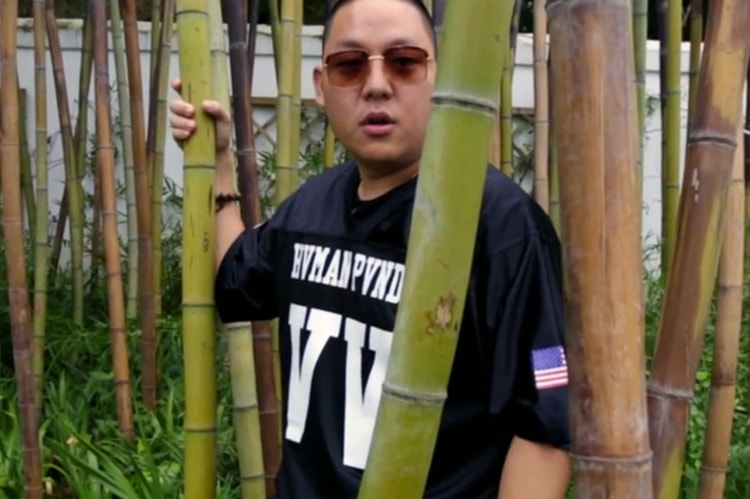MYKITA and Maison Martin Margiela Discuss Their Debut Collection In "The Joys of Chemistry"
Sharing an affinity for conceptual constructions that embrace heritage designs in the modern day,

Sharing an affinity for conceptual constructions that embrace heritage designs in the modern day, Belgian fashion house Maison Martin Margiela has teamed up with Berlin-based minimalist eyewear label MYKITA for a unique capsule range for 2014 spring/summer. Mixing two companies’ aesthetics, the collection consists of two models, the Essential — a lightweight metallic silhouette with rounded out lens — and the DUAL (a thick acetate frame upheld by retro styling). Moritz Kruger, CEO and creative director at MYKITA recently sat down with MMM to talk about their debut collection and how the ornate designs are a blend of historical and futuristic motifs. Glance through the insert below and head to MYKITA for the full conversation. Look out for the capsule range to hit MYKITA and MMM stores from April 17.
There are many eyewear brands in your country. Please tell us why you chose German brand, MYKITA. What does the MYKITA brand stand for to you.
MMM: MYKITA is a visionary brand that has long revolutionized the eyewear world. Intricately handmade and with a distinct aesthetic, MYKITA and Maison Martin Margiela share an affinity for conceptual construction and innovative design.
Please tell us about the design/creation process from the first idea.
MMM: From the very beginning there were two ideas with a wish to work on metal and on acetate from different perspectives. For the metal theme, named Essential, classic and even vintage shapes are combined with a brand new and avant-garde technique consisting of a complete coating over the frame, which softens the metallic structure and making it a mono-block, with the same coloured lenses. In doing so, the glass is reduced to its raw material, conveying a pure and radical look. For the acetate Dual theme, two pairs of acetate frames are deconstructed before being layered upon each other, thus creating glasses of two complementary yet contrasting colours and designs.



